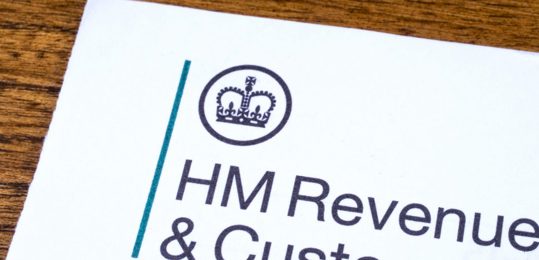Commercial and residential property owners need to be aware the government is reducing the amount of time allowed to pay stamp duty land tax (SDLT) from 2019.
The payment window for SDLT and for completion of the SDLT return is being cut from 30 days to 14 days, applying from 1 March 2019, (earlier than the usual April start date).
The new regulations would also reduce the number of questions on the SDLT return. Following an HMRC consultation in 2016, concerns were raised about the amount of data required in the SDLT return, (specifically in cases where the purchase of land involved commercial leases or tenancies) and so it would be difficult therefore to comply with the reduced time limit for making the SDLT return. HMRC have consequently improved the SDLT return by reducing the amount of information required in order to make compliance with the new time limit easier.
In conjunction with this, HMRC have also clarified their view on what is a “residential” property when it comes to SDLT.
The distinction between ‘residential’ and ‘non-residential/mixed use’ land is important when it comes to SDLT rates.
The payment window for SDLT and for completion of the SDLT return is being cut from 30 days to 14 days, applying from 1 March 2019, (earlier than the usual April start date).
The top rate of SDLT for residential property is currently 15% (when the additional 3% rate applies), compared to a top rate of (just under) 5% for non-residential and mixed use property.
Clarifications include:
-
Land sold separately to a dwelling will remain ‘residential’ irrespective of whether it has been segregated by a fence or wall making it inaccessible to the seller.
-
Land that would otherwise form part of the garden/ grounds of the property that is used for commercial purposes may qualify as mixed use to the extent there is an ‘identifiable use [that] precludes enjoyment [by the property owner] of that part of the grounds’.
-
Where property is ‘marketed for’ use as residential, this merely forms part of the various indicators taken into consideration in establishing whether a property is ‘residential’ and is not part of the statutory test.
-
The purchase of six or more dwellings will form part of a ‘single transaction’ where they are part of a single contract, even if they are completed at different times, and qualify for the non-residential SDLT rates (often important on large residential portfolio deals).




